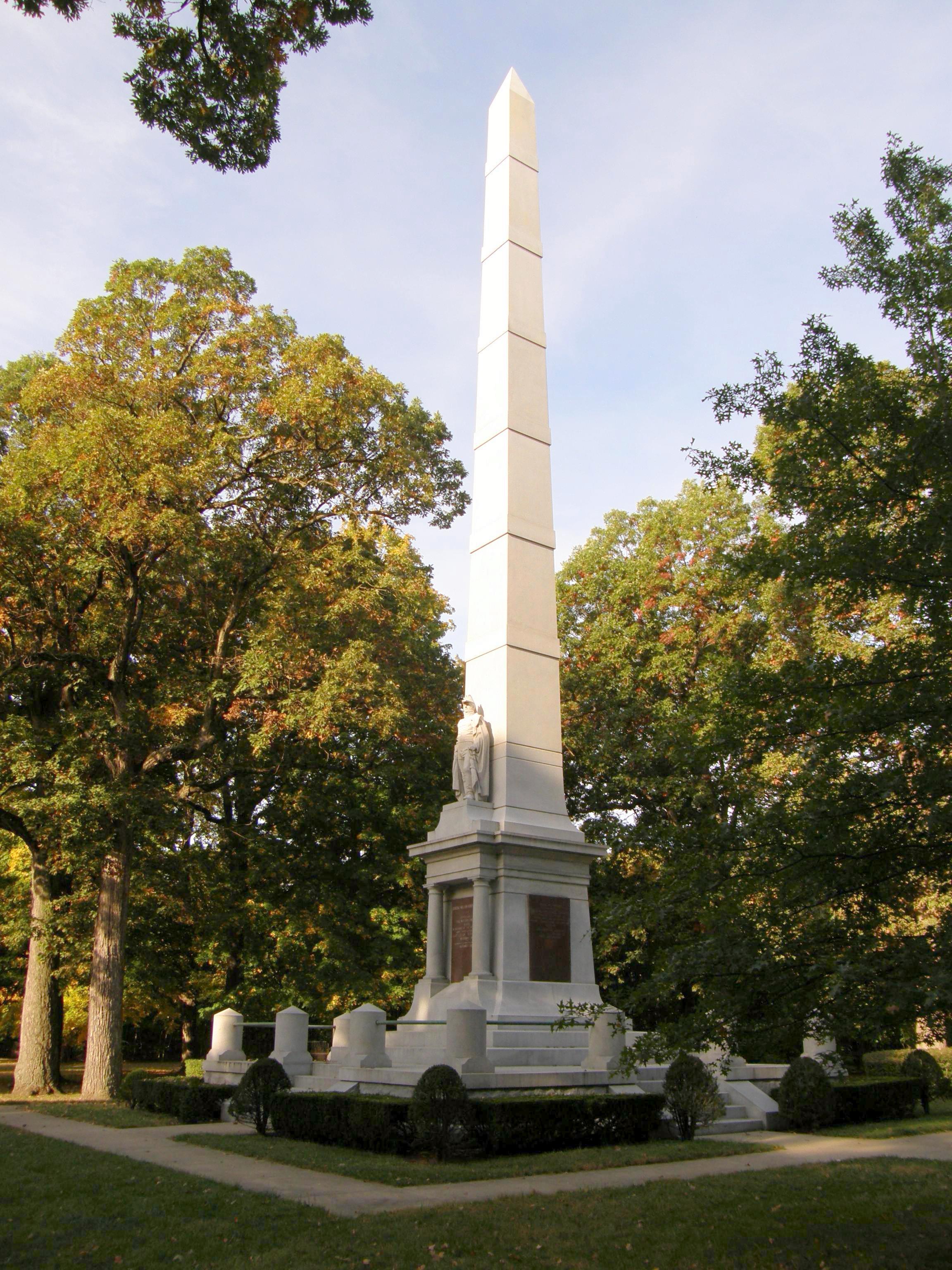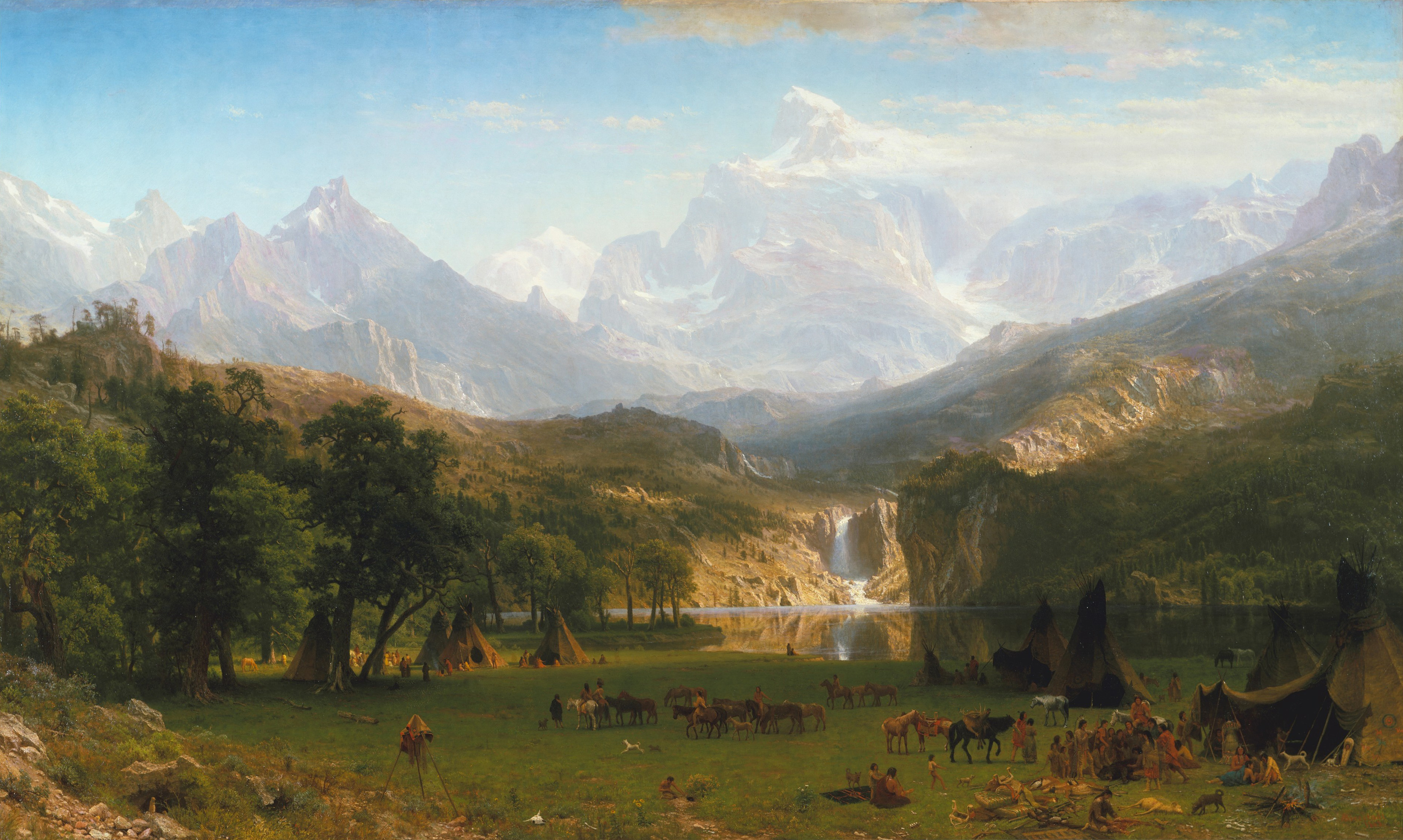The Battle of Tippecanoe: A Historical and Cultural Analysis

The Tippecanoe Battlefield is a place of immense historical significance for the Native Americans and the United States of America. As soon as I arrived, I was struck by the scenery—it was a beautiful open plain with a stream nearby. However, the surroundings were full of sorrow and longing. It is impossible to stand on this ground without remembering the brutal and bloody Battle of Tippecanoe that took place here in 1811. The battle was fought between Native Americans led by Tecumseh and his brother Tenskwatawa, who were trying to protect their land and way of life, against the United States under the leadership of then Governor William Henry Harrison. It was a tragic event that claimed many lives on both sides. The aftermath of the battle led to several treaties and agreements, including the Treaty of Fort Wayne. Despite the tragedy, however, it has become a symbol of resistance against colonialism. I also learned about the area's rich indigenous culture and the importance of preserving their unique traditions, as well as acknowledging past wrongdoings from conquest and colonization. The battlefield today is a historical park and museum that pays tribute to those who fought in the battle. I highly recommend this site for anyone interested in history and cultural studies.


